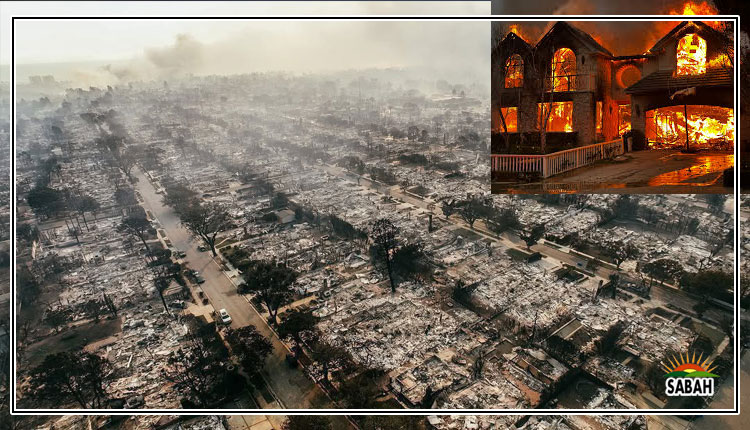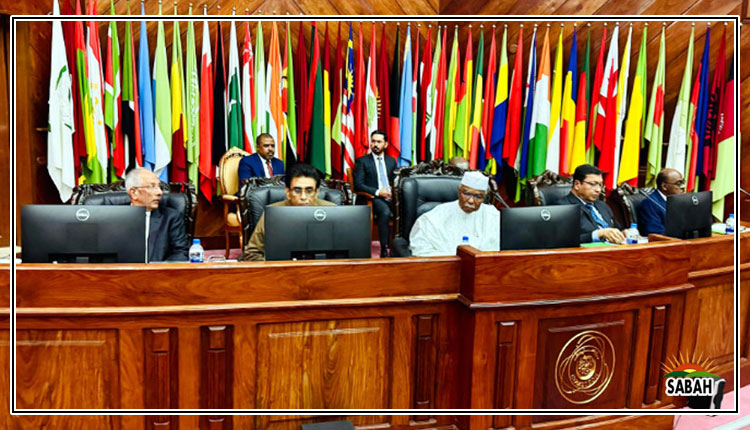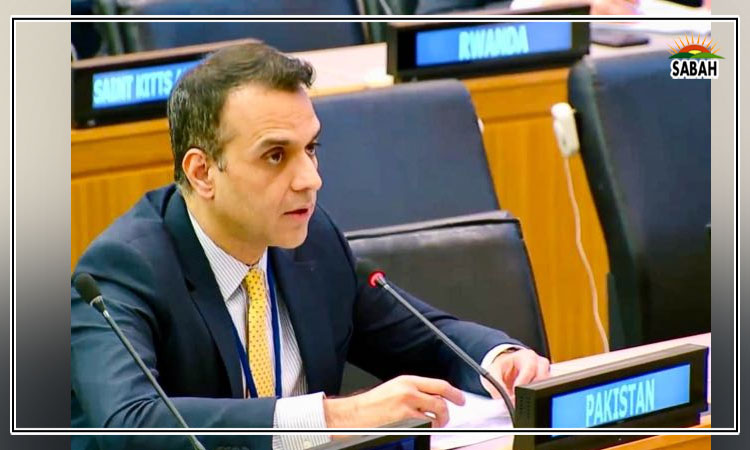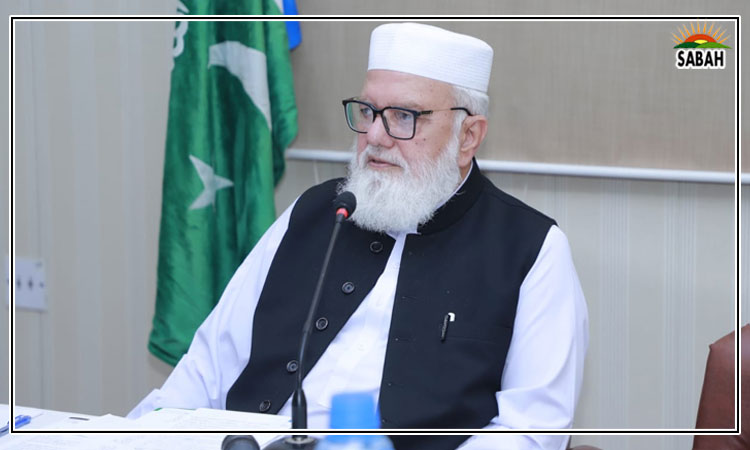Co-housing: a solution to regenerate economic growth…Dr Muhammad Imran
Pakistan should devise local solutions to its unique problems to make economic and social progress. The supply and affordability of housing are some of the problems Pakistani cities face, which deserve an out-of-the-box solution.
Building mass-scale affordable housing has continually been a political slogan used by every political and military government in the last 75 years. However, this slogan has delivered very little on the ground. This is because of the limited application of urban planning as a transformative agent for making prosperous cities.
The practical purpose of urban planning is to formulate and implement land use regulations that provide housing for the majority of people, accelerate economic growth by allocating land for businesses and jobs and improve the quality of life by protecting the environment. Pakistani cities have made some progress, especially the successful implementation of planning principles in DHAs, Bahria Town and other housing schemes in various parts of the country. These gated communities have provided their residents with a better quality of life by targeting urban upper-middle-class communities. These gated communities are becoming increasingly popular in medium-sized cities in Pakistan and have spread all over the country.
One indicator of successful urban planning is that it can promote social, economic and environmental justice in society by regulating and modernising development. However, these palatial gated communities have become symbols of social and environmental injustice by disadvantaging lower socio-economic groups and consuming rich agricultural lands. They were not designed for poor people but raised high aspirations or unachievable expectations for them. The lower socioeconomic groups in the country have absolutely no choice of housing in our cities except to live in slums and substandard unplanned areas. Current urban planning practices serve the elite class, making them even more economically powerful while distributing the economic and environmental costs to lower socioeconomic groups. What is the solution?
First, we must admit that there is a complete disconnect between land or house ownership or transactions and planning regulations and rules in Pakistan. Worldwide, people can own the land but its use is defined by urban planning policies and regulations as per the citys 30-year spatial or master plans. We have to develop this link to stop powerful groups from taking advantage of their position by building housing schemes on rich agricultural land and further discriminating against disadvantaged groups.
Second, various families or people have lived and shared one house temporarily or permanently throughout our history. Worldwide, there is a trend to provide a legal basis for owning a room or portion of a house. Of course, there are sociocultural and management problems in multi-occupancy housing, but this approach provides a ladder for low-income groups to own a small property in the city. It also attracts local and foreign investors to build large and small properties within the purchasing power of local people. In recent years, the metropolitan cities of Pakistan have observed trends of building student accommodation/housing and hotels. If we provide a legal basis, student accommodation and hotel rooms and portions of houses could become legal property for lower-middle-class people.
Third, multi-occupancy housing should be part of a larger urban planning system that tightly controls the distribution of these developments in different parts of the city. Ideally, multi-occupancy housing should be built alongside metropolitan bus and train routes so people can access transport for their daily routines. We could develop new rules for the management of such properties, especially if owned by more than five occupants. These management practices would provide jobs for hundreds of people in managing and maintaining buildings.
In short, existing urban planning practices in Pakistan are not a progressive arm of the government and need a transformative change in favour of lower socioeconomic groups. Multi-occupancy housing is one solution that has the ability to strengthen pro-poor urban planning in Pakistan, attract investment in Pakistani cities, make housing affordable for the lower-middle class and address the rapid trend of urbanisation the country is facing. This is just one solution where urban planning delivers outcomes that serve disadvantaged groups in our cities. Conventional urban planning wisdom can be improved by taking a pro-poor lens to make social and economic progress in Pakistan.
Courtesy The Express Tribune












